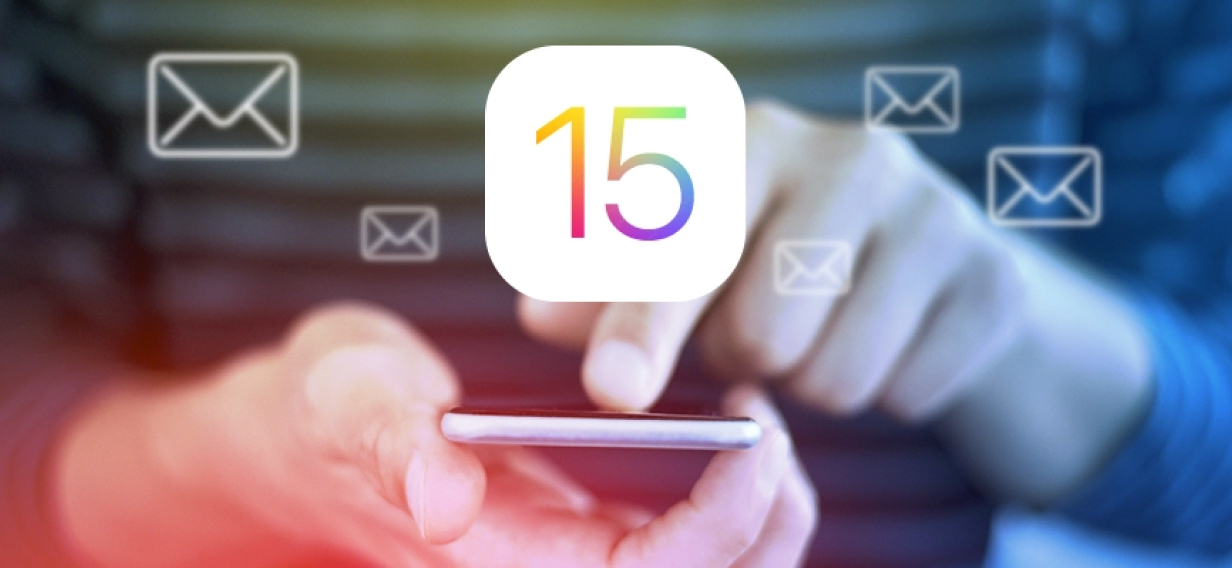
How to Evolve Your Email Marketing for Apple’s iOS 15
OVERVIEW
Launched in September, the iOS 15 update allowed users to select Apple’s new Mail Privacy Protection feature. This setting stops senders from using invisible pixels to collect information about users — pixels that would typically collect user behavior like email opens and IP addresses that marketers use to build profiles.
Apple Mail users that are subscribed to this feature have their email images including all pixels automatically downloaded and cached, resulting in emails to register as opened, even if the recipient didn’t physically open the email.
EMAIL MARKETING IMPACT
Senders are likely seeing an increase in open rates since the launch of iOS 15. Apple Mail accounted for nearly 49% of email opens in 2021 (Litmus), meaning with the update automatically loading tracking pixels on behalf of users regardless of actual engagement, open rates will inflate.
While not all users will opt into Apple’s Mail Privacy Protection, at the end of December 67% of Apple users had adopted iOS 15 (Mixpanel).
For email marketers, this means open rates should not be used as a singular metric to determine if a campaign was successful, shape audience segmentation or trigger your marketing automation. It’s important to utilize other email engagement metrics that are not potentially impacted by the update.
ACTIONS TO EVOLVE YOUR EMAIL MARKETING
- Establish a new baseline and benchmarks for email reporting.
• Determine how the iOS 15 update is impacting your open rates to enable future decisions for communications and re-align your reporting.
• Adjusting expectations and benchmarks will allow you to continue to test subject lines, times of day, etc., without skewed results.
- Identify alternate engagement metrics to use as KPI’s.
• Performance Metrics: Focus on a combination of more reliable metrics such as click rate, web traffic from email, unsubscribes
and conversions to determine the success of your email campaigns.
• Audience Metrics: To determine your active customers, utilize user metrics such as clicks, website visits and purchases rather
than email opens.
- Revisit your marketing automation journeys.
• Ensure your current automation targeting is not dependent solely on email opens. Since Apple is “opening” the email for users,
your communications might automatically send follow-ups without the user having actually seen your initial email.
• Update your automation to trigger based on how your subscribers are engaging with your emails outside of opens. This can be when a user clicks a link within your email or utilizing cadence testing to determine the average timeframe of purchase or action
from when your customers received your initial message. It’s important to remember that follow-up communications should help users through their journey with your brand. - Optimize your communications toward new metrics.
• Determine what your subscribers find useful and interesting to provide them with the best content. This is an opportunity to
focus more on building deeper relationships with your database and create more meaningful user actions, such as driving traffic to your website and, ultimately, conversions.
• Consider campaigns that open a dialogue with your subscribers by sending them a survey or incentivizing feedback. These campaigns entice your subscribers to click the links within your email, allowing you to better understand the true engagement of
your database.
• Utilize personalization based on your first-party data. Create separate campaigns or use dynamic messaging for subscribers to increase relevance, which results in higher click-through rates.
This is not an advertisement, and solely reflects the views and opinions of the author. This website and its commentaries are not designed to provide legal or other advice and you should not take, or refrain from taking, action based on its content. Additionally, unless otherwise stated, neither 9Rooftops nor the author is involved in, or responsible for, the marketing or promotional efforts of the individuals or entities discussed.

